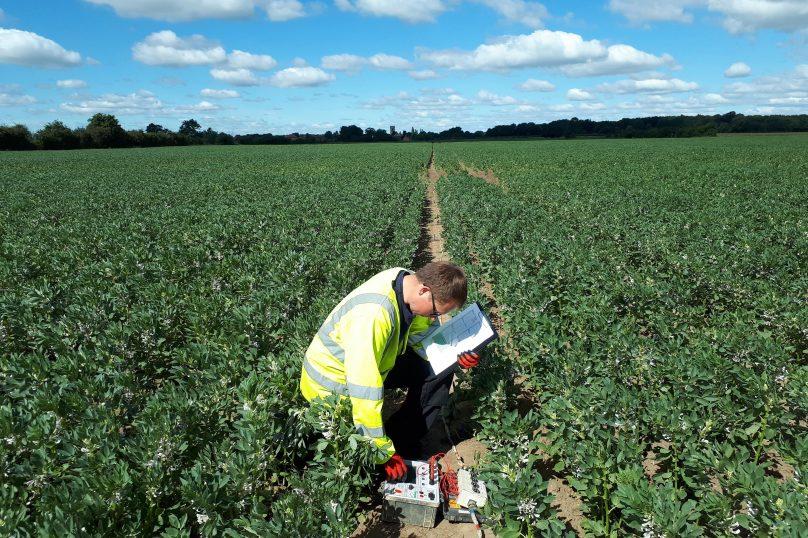Soil Resistivity Measurement
Project Brief
A new overhead line (OHL) was being built between two EHV substations. The new planned route was in a potentially problematic proximity to the existing route with Earth Potential Rise (EPR) impacts being likely along the strings. As there is potential for significant impacts ERM were brought in to examine the impact of EPR on towers along the routes.
Our Approach
ERM’s experience and information gathering expertise allowed for the identification of Often Frequented Towers (OFT’s) as points of interest along a significant number of tower spans. This prioritisation allowed for the planning of Soil Resistivity test routes in proximity to these points of interest only and therefore reduce the number of tests that had to be carried out.
This allowed for savings on project costs and time taken to produce results.
Challenges
- The project presented challenges in logistics as well as in analysis of a large number of data sets, prioritising them to create bespoke soil models for each of the OFTs. These soil models were to be key in the analysis of the EPR impacts with each representative model required to be of a format compatible with market leading CDEGS software.
- Identifying suitable land for testing and liaising with land owners.
- Route verification, avoiding OHL spans, cable routes as well as gas pipelines for interference and safety reasons.
- Working with clients to arrange access to the land and the moving of live/bloodstock.
- Analysis of data from areas with high lateral variation in soil resistivity.
Project Outcome
The project was delivered to the customer outlining the findings of the study in a timely manner. The report made recommendations to the customer for not only the results but for the possible improvement of this, and any subsequent, studies with regards to the information used and alternative approaches to the study.
Important standards applied in the production of the report:
- Minimal third party impact during the soil resistivity measurements.
- Calculation of multiple bespoke, representative soil models to best fit the customer requirements.
- Analysis techniques applied to investigate impacts.
- Timely delivery of the report to the client outlining the findings of the study.

